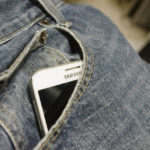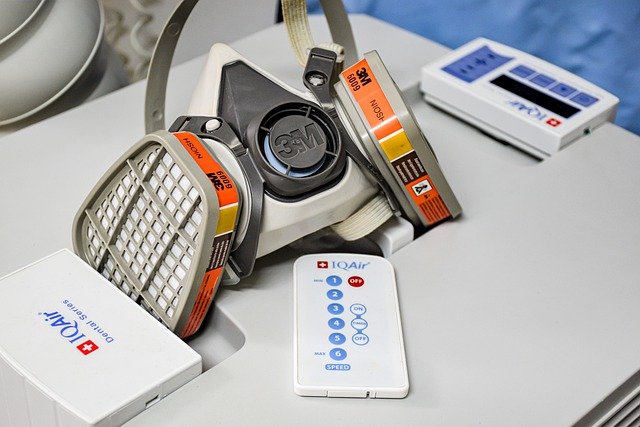Education Minister Sarah Mitchell told parliament on Tuesday that parents did not need to buy purifiers. “We will be buying the purifiers that we need for classrooms, based on what is needed, based on what the evidence shows us,” she said.
“There will be times … when maximising that ventilation may not be a suitable option to implement in certain spaces for example due to bushfires smoke or poor air quality. That’s why we are purchasing a stock of air purifiers to address the issues as they arise.
In ventilation information for principals, the department advised them to respond to parent offers to install air purifiers by helping their school community “understand that the overwhelming advice encourages maximising natural air ventilation over any other mechanical intervention,” it said.
“Any use of purifiers needs to be under the management of your [Asset Management Unit], as filters will need regular replacement and may need to be disposed of as hazardous materials.” Also, any machine would need to be carefully chosen and placed to suit each different room.
Loading
The department said it retained a stock of purifiers for emergencies, such as bush fire season, and would “consider the provision of air purification devices to supplement natural ventilation according to individual school circumstances alongside each school’s individual school ventilation audit report.”
However, it would run a pilot of CO2 monitors, which are a proxy measurement for poor ventilation, using new air conditioning systems installed under the Cooler Classrooms program.
Professor Geoff Hanmer from the School of Architecture at the University of Technology, Sydney, who has done work on air quality in NSW schools and is concerned, said parents were right to buy purifiers if the department did not provide them.
“A lot of the air filters will last six or seven months before they need the filter changed, but it’s certainly going to last them term four, which is the key one because, after that, it’s likely we’ll have vaccinations for younger children,” he said.
If P&Cs could not afford to spend $20,000 or more on purifiers for each room, they could invest in a portable carbon dioxide monitor to check whether there was enough natural ventilation, or whether just one or purifiers might be necessary, Professor Hanmer said.
“You don’t necessarily need [a purifier] in every classroom every time,” he said. “What we say is measure first, then decide what to do. The trouble with CO2 monitors is they’re in a similar short supply for the same reasons.”
The Morning Edition newsletter is our guide to the day’s most important and interesting stories, analysis and insights. Sign up here.









